
Cheat Your Body Fat Test
My article series on the accuracy of body fat testing has always been one of the more popular series on my site. Body composition tests are purely rough estimates, based on other variables that correlate with body composition. However, these tests are based on numerous assumptions, such as that fat-free mass has a certain density. Of course, it's been shown that these assumptions often don't hold true, especially as you gain or lose fat.
Given that these tests are based on many assumptions, it stands to reason that you could alter the results through simple manipulation of diet and exercise. Recently, I was a guest on Andy Morgan's podcast, who will likely be posting the podcast in the next month or so. In that podcast, Andy essentially asked me if there are ways to cheat your body fat test, given all of the assumptions that body composition testing is based on. I speculated that you could carb deplete and dehydrate yourself to artificially make your body fat look higher, then do a carb load and drink a lot of water to artificially make it appear lower. Fortunately, I don't need to just speculate on what might work. Over the past few years, there has been emerging research demonstrating how body composition estimates can be manipulated through strategies such as exercise and dietary adjustments. Let's take a look at the past body of work.
Eat to Cheat
The first study, to my knowledge, that examined this was published in 1992. The researchers looked at the impact of drinking water and eating meals on DEXA-derived body composition. The subjects had DEXA scans done before and after meals, and were instructed to drink as much water as possible immediately after each meal. They found that eating lunch or dinner caused an approximately 1 kg (2.2 lb) increase in lean mass, with no increase in body fat. All of this increase was observed in trunk lean mass. The following chart shows the spikes in trunk lean mass following lunch and dinner.
Thus, according to this study, if you want to gain a couple pounds of lean mass before a DEXA measurement, simply eat a meal and drink a lot of water.
There's more research out there that supports this. In a study out of Australia, researchers compared DEXA measurements in physically active people under the following conditions (in order):
- In the morning after an overnight fast
- 5 minutes later after repositioning on scanning bed
- 8 hours later after usual daily activities
- Next morning before breakfast
- Another one 30 minutes after breakfast
The biggest impacts on the measurements were seen with breakfast consumption and daily activities. Eating breakfast resulted in a 0.4 to 0.9 kg increase in total lean mass, mainly coming from an increase in trunk lean mass. Thus, if you want to gain 1-2 lbs of lean mass in only 30 minutes, eat breakfast before you have your measurement taken. Also, taking the measurement later in the afternoon, after daily activities, showed on average a 0.5 kg increase in lean mass, distributed among the trunk and legs. Thus, to maximize changes in lean mass, have your measurement done in the afternoon soon after eating. A very recent study showed similar effects, with feeding causing a 0.8 kg increase in lean mass and a 0.2 kg decrease in fat mass. The composition of the meals (low carb or high carb) did not make any difference.
Banquet for BIA
Eating meals before a test to improve your body fat percentage doesn't just work with DEXA, but it works with bioelectrical impedance (BIA) too. Eating a meal before a BIA test can cause a decrease in impedance for up to 5 hours after the meal. This would result in a decrease in your body fat percentage (more lean mass and less fat mass), although the magnitude will depend upon the equation used to estimate body fat percentage. Another study found the same thing, and in fact found impedance to be decreased for over 12 hours.
This interesting thing about this study is that impedance slowly rose upon waking, then dropped immediately after the meal (which was 2 hours after they woke up). The highest impedance value, which was observed 15 minutes before breakfast, calculated to an average body fat percentage of 27.1% for the women and 17.2% for the men. The lowest impedance values were observed about 3 hours after dinner in the women and 2 hours after lunch in the men. These translated into body fat percentages of 24.8% for women and 15.5% for men, which are decreases of 2.3% for the women and 1.7% for the men.
Now, these are just the average values. One person in the study had a decrease in body fat percentage from 29.7% to 25.9%, a difference of nearly 4%.
What this study also suggested is that the decrease in impedance (and thus the decrease in body fat percentage) is additive as you consume more meals through the day. This is why, if you're going to have BIA done and you want to "cheat", have it done after dinner, when you've got a lot of food in your system. Also, if you want to maximize the impacts of those meals, consume high sodium foods. Salt is an electrolyte, which conducts electricity. It is the electrolytes in food that are responsible for the decrease in impedance (improved electrical flow) that happens after meals.
More research continues to emerge showing how eating will temporarily improve your BIA-derived body fat percentage. In a very recent study, fat-free mass was nearly 1 kg greater in the afternoon versus the morning after an overnight fast, and body fat percentage was 0.6 percentage points lower.
Pump to Trump (Your Body Fat Test)
The Australian research group I disussed earlier followed up with another study, looking at the impacts of resistance training or cycling on DEXA measurements. Performing resistance training prior to a DEXA measurement caused a 2% increase in arm lean mass, and a 2% decrease in arm fat mass. Thus, doing an arm pump-style resistance training workout prior to DEXA measurements will cause you to have greater arm lean mass and lower arm fat mass than what you actually have.
Carb Load to Lean Load
Some of you may be familiar with the concept that the carbohydrate stored in your muscles (known as glycogen) also holds water with it. This is the reason bodybuilders often carb load a few days out of a competition, to give their muscles a fuller look because of the increased water storage. If carb loading can enhance water storage in muscle, then it stands to reason that you could also change your DEXA results with it, especially since DEXA can't differentiate between muscle and body water.
This concept has been tested in research, and has been found to hold true. In one study, young men had DEXA scans performed before and after a 3-day high-carb diet (75% of calories from carbs). They showed an average increase in lean body mass of 0.9 kg (2 lbs), and an average increase in appendicular lean body mass (an estimate of muscle mass) of 1.4 kg (3 lbs). Thus, the DEXA scan showed nearly a 3 lb increase in estimated muscle mass just from following an extremely high carbohydrate diet. The researchers also observed a decrease in body fat percentage from 13.3% to 12.9%, a 0.4% decrease.
A more recent study followed up on and confirmed these results. After glycogen depletion, subjects were given 12 grams of carbs for every kilogram of body weight (720 grams for a 60 kilogram person), with or without creatine loading. They found an increase in lean body mass of 3% with the combo of carbs/creatine, and 2% with carbs only.
Standardization is Critical for Body Fat Estimation
All of this research demonstrates how critical it is to standardize body fat measurements, including DEXA. That means having the same clothes, being rested (no prior exercise), being fasted, being tested first thing in the morning upon waking, being hydrated, and, for DEXA, standardizing the position on the bed. However, even many research studies fail to do this. Check out this table (from this study) that shows the standardization of these factors among a large body of studies that used DEXA to assess body composition in athletes.
You can see that many of the studies fail to standardize the measurements, which is a problem for reliability.
Body Fat Test Cheat Sheet (Literally)
- Your "Before" Measurement
- Glycogen deplete yourself for a number of days by consuming a low carb diet and engaging in glycogen-depleting exercise (like high volume, high rep weight training)
- Keep sodium intake at your typical levels
- Get your body fat test 1-2 hours after waking, but before eating or drinking anything
- Your "After" Measurement
- Carb load for 3 days by consuming an extremely high carbohydrate diet
- The day of your test, consume a lot of food, water, and a high sodium diet
- Get tested in the afternoon or evening, 1-3 hours after your meal
- Get tested soon after doing a "pump" style workout
Based on all of this research I've shown you, you could theoretically see around 5 lb increases in lean mass on average, with no increase in body fat. Some people might see even larger increases. This is despite no true change in body composition.
Now, I didn't write this article to encourage people to cheat on their body fat tests (like if you're in some type of contest that uses body fat percentage as a marker). Also, you're only cheating yourself if you are comparing before and after under different conditions. I wrote this article to illustrate the importance of standardizing your body fat assessments, even with a technique like DEXA.
Standardization Cheat Sheet
- Get tested in same clothes for repeated measurements
- Get tested in the morning after an overnight fast
- No prior exercise
- Be hydrated (but not overhydrated...just make sure you're not dehydrated...use the color of your urine as a guide)
- No recent major changes in dietary composition or calorie intake
- For DEXA, make sure you get tested on the same equipment with the same software, and that they have a method for standardizing your body position on the table
Again, even with standardization, body fat testing is still a rough estimate. Make sure you use it right.

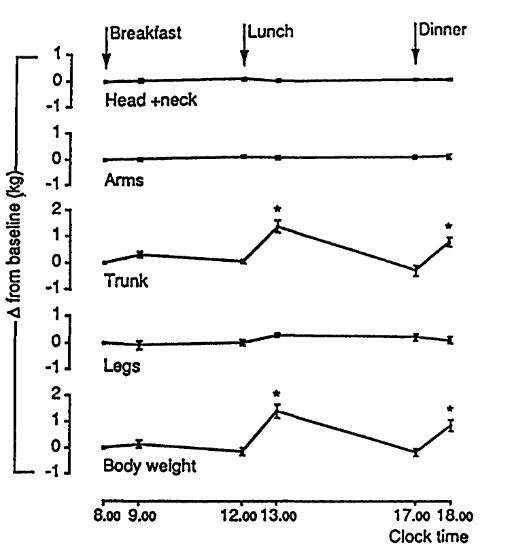
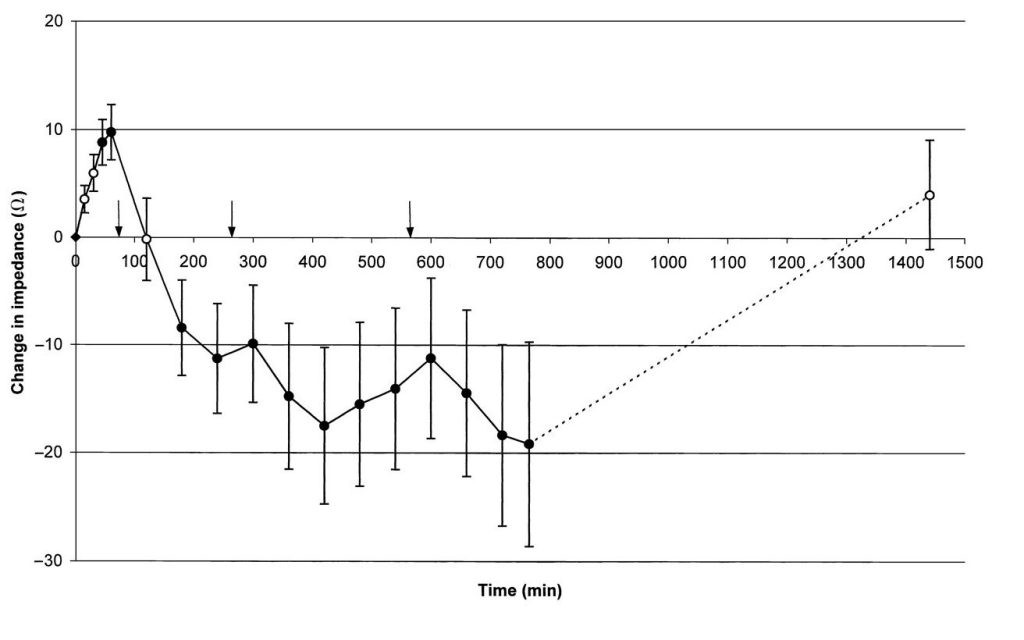
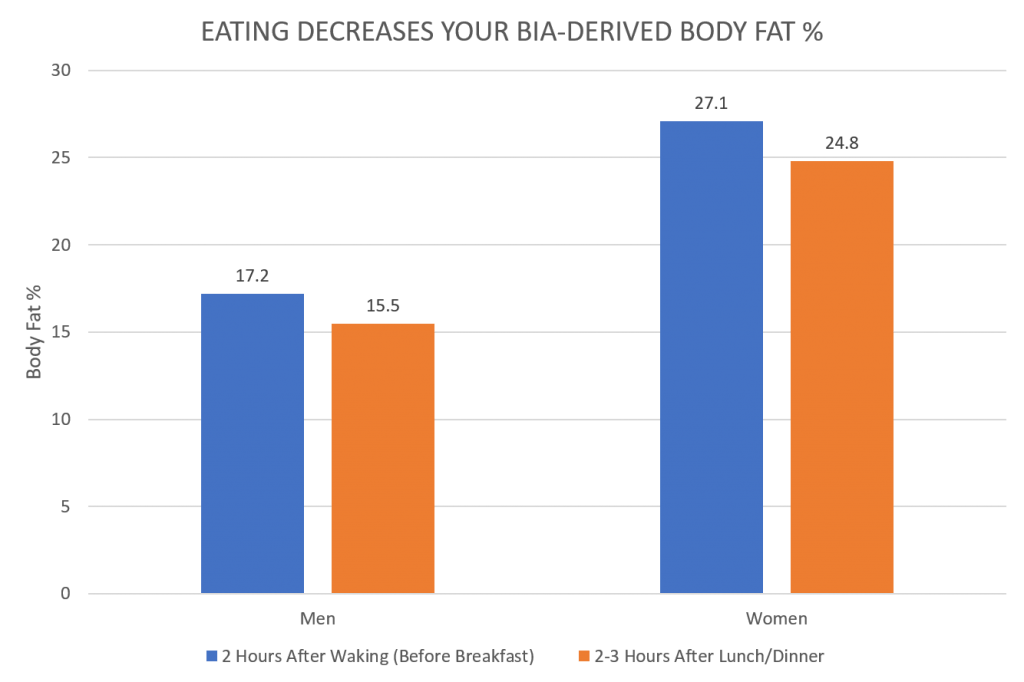
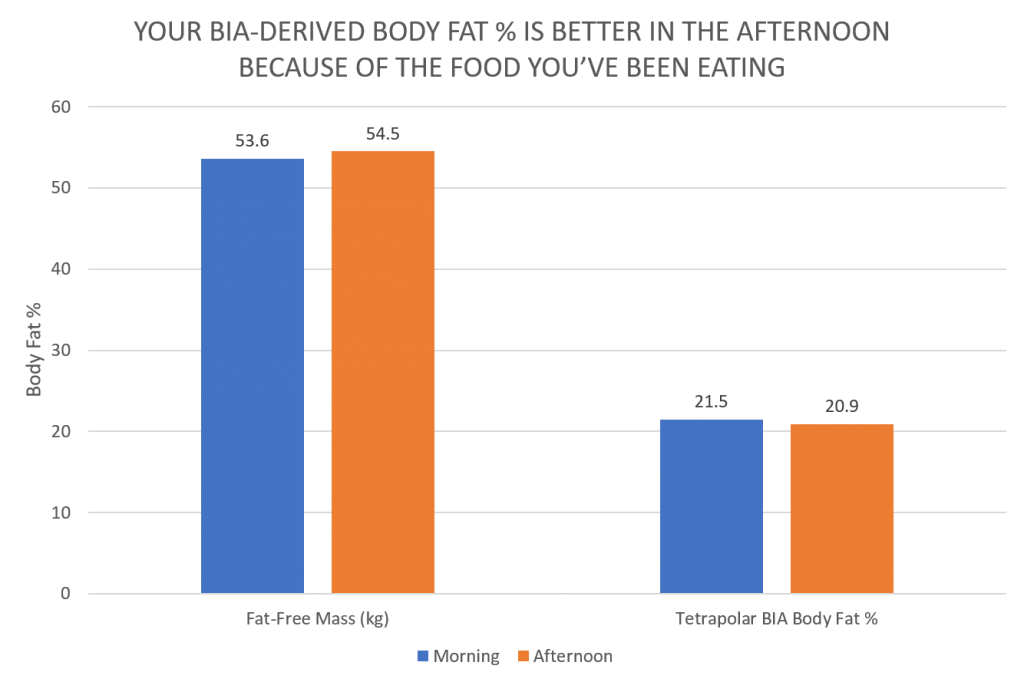
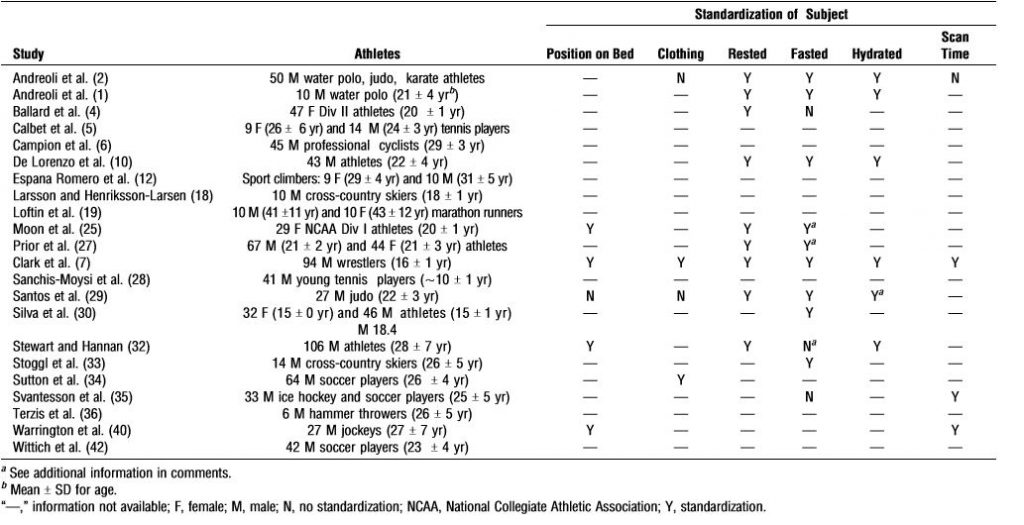
I learned here. All I learned that what I knew was not written in stone. Thank you. The human body is a changing alloy. I will use a mirror, less the smoke for looking at my body fat, or not seeing my abs. Thank you, James.
You’re welcome, David!
Thank you, this was really helpful. I try to do my DXA scans at the same time, with the same clothes and try not to eat big salty meals the evening before, all to try to keep the same factors around the test. So far, I see about a 4lb loss of fat per month and a 3lb gain of lean mass per month. I am now at 172 lb. The goal is to gain about 15 lb muscle and lose about the same amount of fat. I do three days of heavy weight training per week and 2-3 days… Read more »
I joined a six week program at my gym and I get my money back if I meet my goal. I do I final weigh in on a couple days. I need to have lost 3% bf. I want my results to show a decrease in body fat do I use you your or after cheat sheet?
Can you explain variables that can effect bod pod results in a similar manner?. Thank you
Great Article! Do you know how clothes affect BIA and DEXA? How are they measured?
Thank you for all the great information and data! What a great article. I had a quick question. Does the advice on the body fat cheat sheet also apply to a handheld body fat machine such as the Omron HBF306C ? Also with the handheld machine if your heart rate is increased will it help the reading show lower bf%? Or is the workout prior to your final reading just to pump your muscles to create more lean body mass and the heartrate is irrelevant.
Just wanted a little bit more info regarding a pump style workout. I am in a competition to lose body fat and want to know exactly what type of workout my body needs right before my weigh out. Any suggestions would be great, thanks!
Great article James!
Thanks Mario!
Hey James, do you think skin folds measurement would provide a more precise value of bodyfat % ?
Jose, I’ve written about skinfolds in the past. You can see the articles here:
https://weightology.net/weightologyweekly/index.php/free-content/free-content/volume-1-issue-5-the-pitfalls-of-body-fat-measurement-parts-5-and-6-skinfolds-and-dual-energy-x-ray-absorptiometry-dexa/the-pitfalls-of-body-fat-measurement-part-5-skinfolds/
https://weightology.net/body-composition-testing/the-pitfalls-of-bodyfat-measurement-bia-skinfolds-strike-again-free.html/
Loved this, James. I found myself chuckling all the way through. Thank you for putting the data behind all the action points in the way you do best.
Thank you Andy!